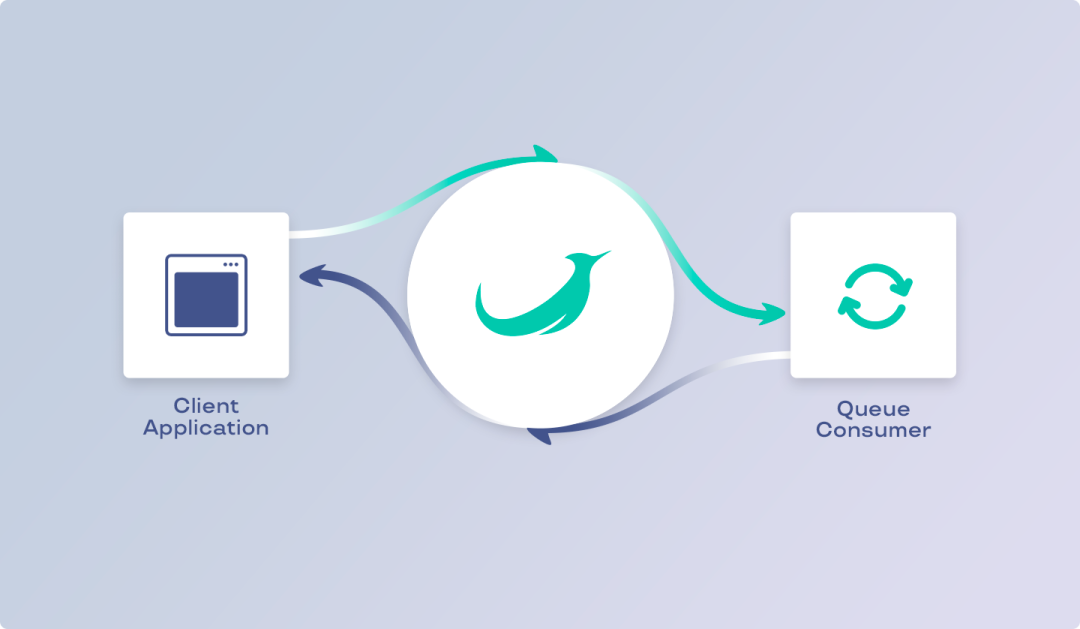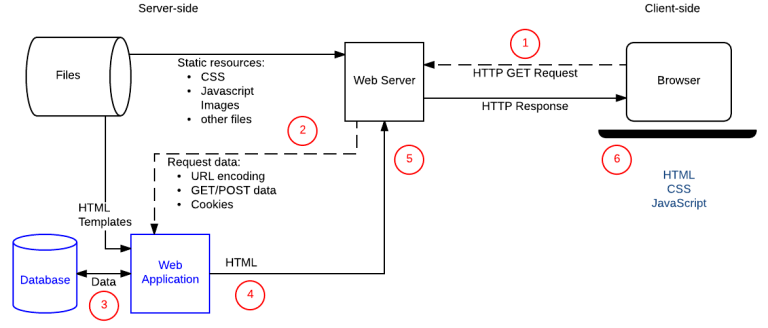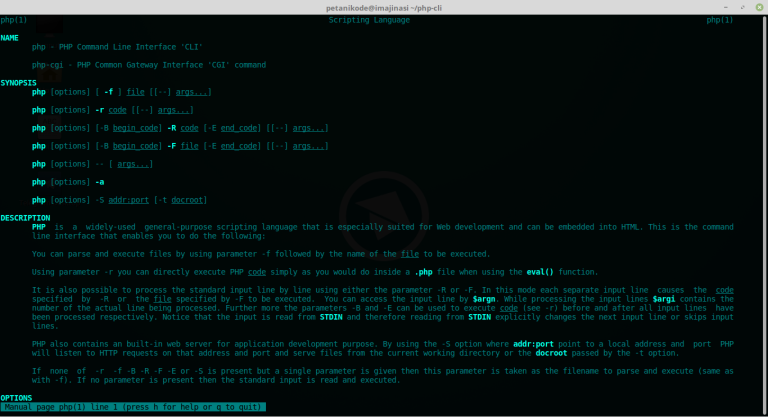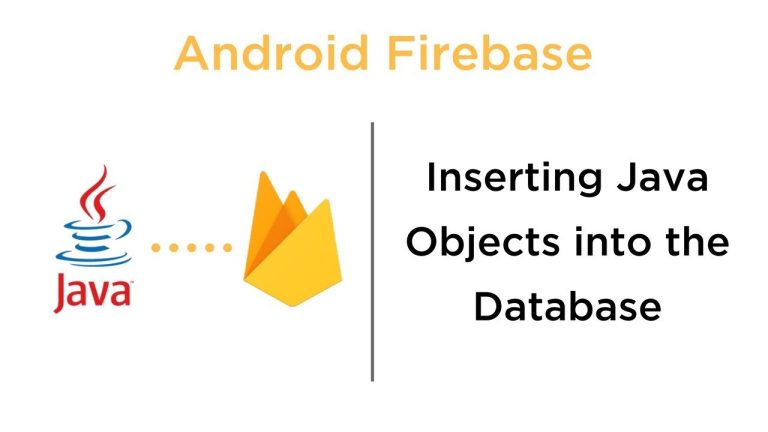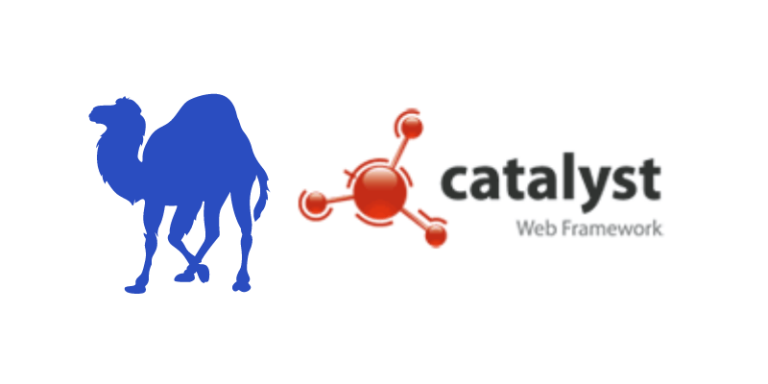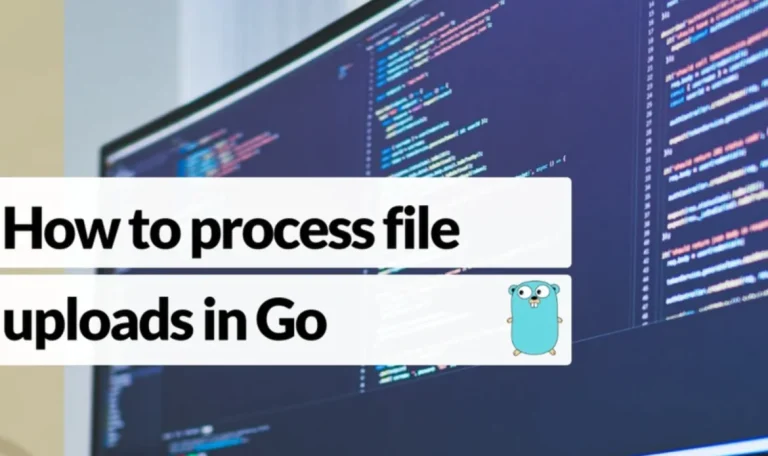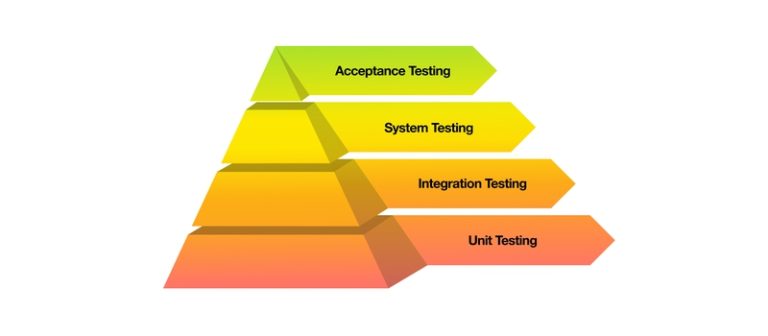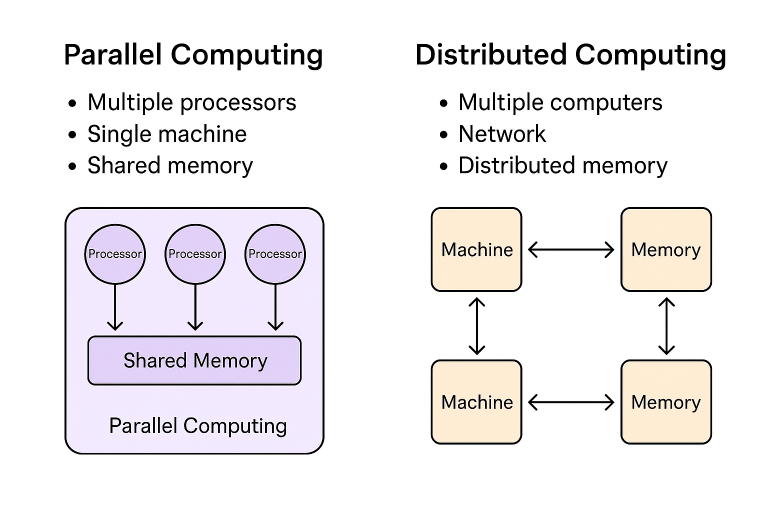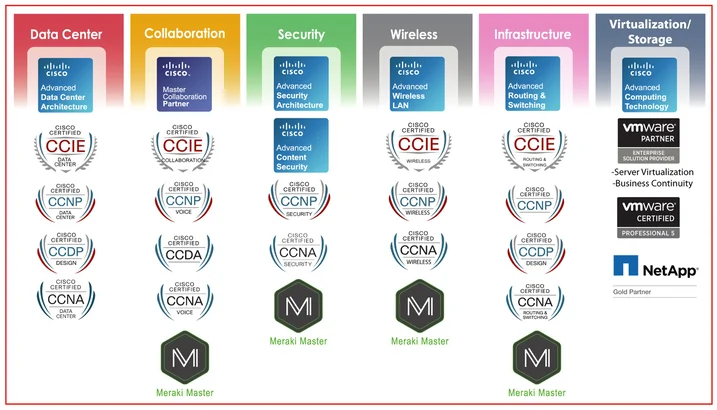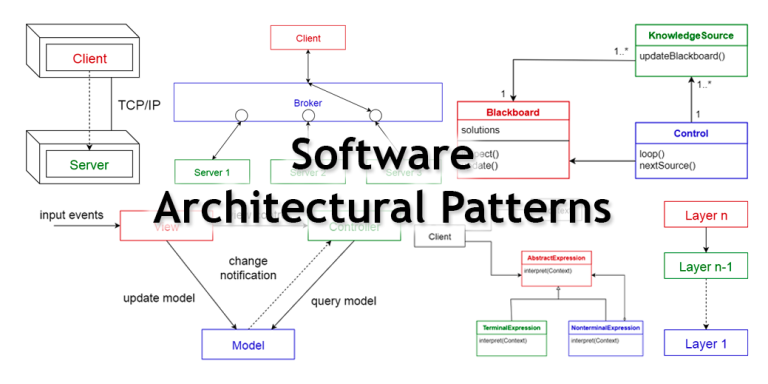PHP RoadRunner is a powerful, open-source application server and process manager designed to significantly enhance the performance and efficiency of PHP applications. Developed by Spiral Scout, RoadRunner is engineered to handle high loads, delivering impressive results for web applications and APIs. In this article, we’ll delve into the features, benefits, and considerations of using PHP RoadRunner.
Understanding PHP RoadRunner:
1. Performance Boost:
PHP RoadRunner stands out for its ability to enhance the performance of PHP applications, particularly in scenarios involving concurrent requests and heavy loads. By leveraging a persistent PHP runtime, RoadRunner avoids the overhead of initializing PHP for every request, resulting in faster response times and reduced resource consumption.
2. Built for Concurrency:
Unlike traditional PHP setups where each request initializes a new PHP process, RoadRunner employs a worker model that allows PHP processes to persist across multiple requests. This concurrency model is particularly effective in scenarios with high levels of parallelism, such as handling numerous simultaneous API requests.
3. Flexible Architecture:
RoadRunner is designed to be versatile and can be used with various PHP frameworks and applications. It supports popular frameworks like Symfony, Laravel, and Slim, making it adaptable to a wide range of PHP projects. Its flexibility allows developers to integrate RoadRunner seamlessly into their existing applications.
Getting Started with PHP RoadRunner:
1. Installation:
Installing RoadRunner is straightforward, and it can be done using Composer, the PHP package manager.
composer require spiral/roadrunner
2. Configuration:
RoadRunner is configured using a .rr.yaml file where you can define settings such as the number of worker processes, timeouts, and environment variables. Here’s a simple example:
http:
address: 0.0.0.0:8080
workers:
pool:
numWorkers: 43. Integration with Frameworks:
Integrating RoadRunner with popular PHP frameworks is well-documented and involves creating a worker script and configuring the framework to work in the RoadRunner environment.
- For Laravel, you can use the official
spiral/roadrunner-laravelpackage.
composer require spiral/roadrunner-laravel
- For Symfony, the
spiral/roadrunner-bundlepackage provides integration.
composer require spiral/roadrunner-bundle
4. Running RoadRunner:
Once configured, you can run RoadRunner using the following command:
vendor/bin/rr serve
RoadRunner will start serving your PHP application on the specified address and port.
Benefits of Using PHP RoadRunner:
1. Improved Efficiency:
RoadRunner’s worker model reduces the overhead of PHP initialization for each request, leading to improved efficiency and reduced response times. This is particularly beneficial in scenarios where applications need to handle a large number of concurrent requests.
2. Resource Optimization:
The persistent PHP runtime used by RoadRunner reduces the need for frequently creating and destroying PHP processes, optimizing resource usage. This can result in better scalability and improved utilization of server resources.
3. Concurrency Handling:
RoadRunner’s concurrency model allows it to efficiently handle multiple requests concurrently, making it suitable for applications with high levels of parallelism. This is advantageous for APIs and web services that may experience numerous simultaneous requests.
4. Easy Integration:
RoadRunner is designed to be compatible with various PHP frameworks, making it easy to integrate into existing projects. The straightforward configuration and integration process contribute to its appeal among PHP developers.
Considerations and Best Practices:
1. Compatibility:
While RoadRunner supports many PHP frameworks, it’s essential to ensure that your specific framework and dependencies are compatible with RoadRunner. Check the documentation and community forums for the latest information on compatibility.
2. Configuration Tuning:
Depending on your application’s requirements and the server environment, tuning RoadRunner’s configuration settings, such as the number of worker processes and timeouts, may be necessary for optimal performance.
3. Monitoring and Profiling:
Regularly monitor and profile your application when using RoadRunner. This helps identify potential bottlenecks, optimize critical sections of code, and ensure that your application is performing at its best.
Conclusion:
PHP RoadRunner is a game-changer for PHP developers seeking improved performance, concurrency handling, and resource optimization in their applications. With its worker model and focus on persistent PHP runtimes, RoadRunner brings efficiency to the forefront, making it an excellent choice for handling high loads and concurrent requests. By following best practices, staying informed about compatibility, and leveraging its flexible architecture, developers can harness the full potential of PHP RoadRunner to deliver high-performance web applications and APIs.
Reference

